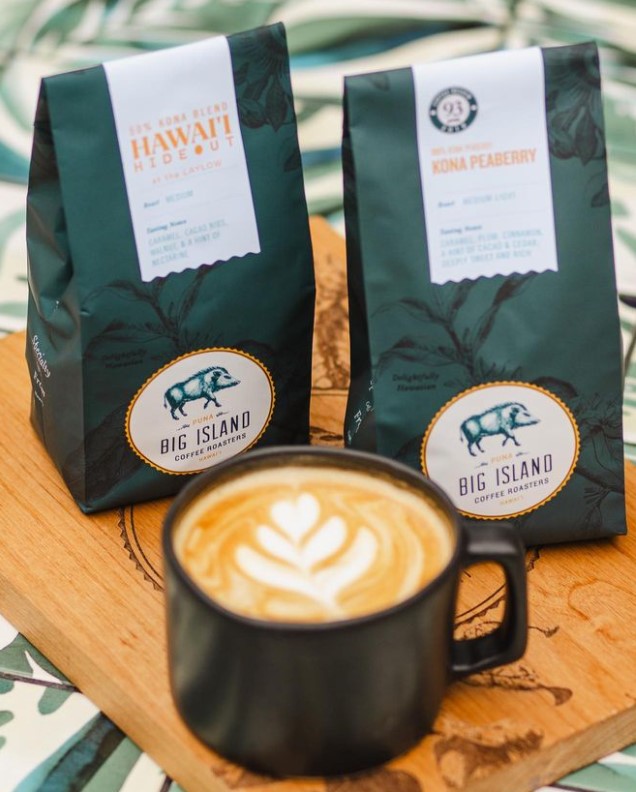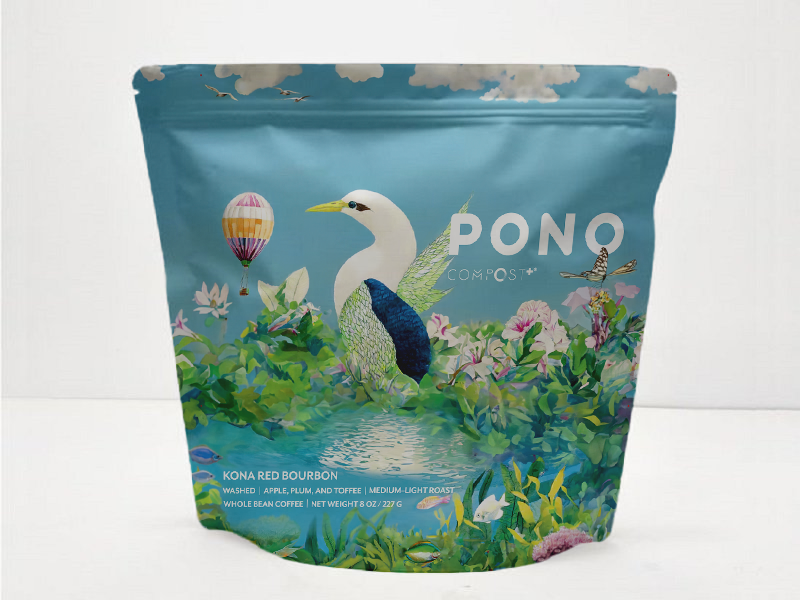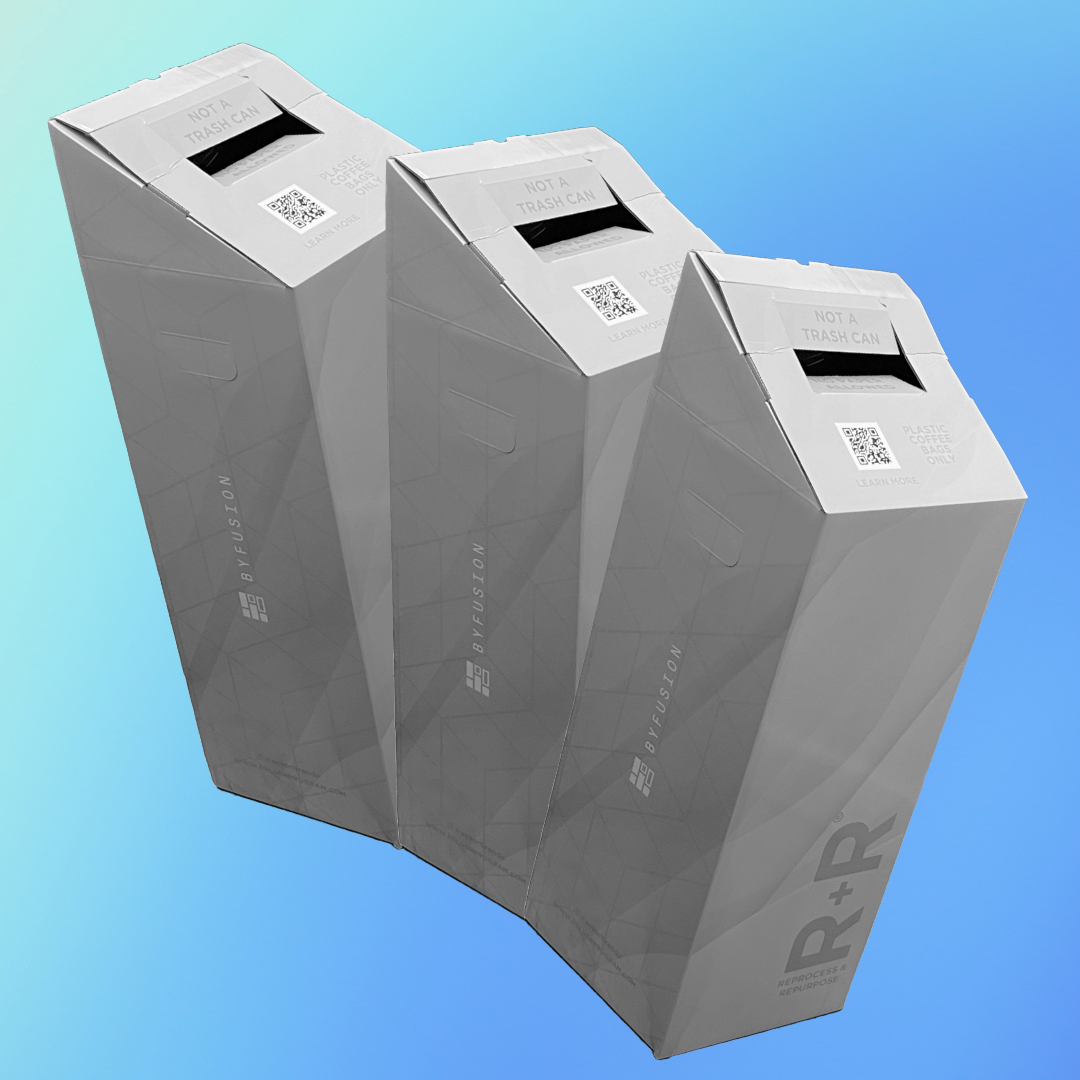A Fresh Take on Eco-Friendly Coffee Bag Printing
Digital printing has emerged as a leader in environmentally conscious printing options, especially for coffee packaging. Its minimal waste, reduced setup requirements, and adaptability make it a top choice for brands seeking sustainable solutions. But how does it stack up against other methods, and are there any trade-offs? Let’s explore the facts.
What’s the Most Environmentally Friendly Printing Method?
When it comes to eco-friendly printing, vegetable oil-based inks take the spotlight. These inks are biodegradable and emit fewer volatile organic compounds (VOCs), significantly lowering environmental impact compared to traditional petroleum-based options. Digital printing pairs well with these inks, enhancing its eco-conscious appeal.
Key Benefits of Vegetable Oil-Based Inks:
- Biodegradable and eco-safe
- Reduced VOC emissions
- Compatible with digital and other modern printing methods

 Contact Our Team!
Contact Our Team!


